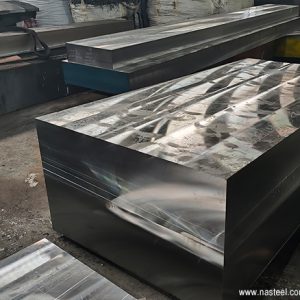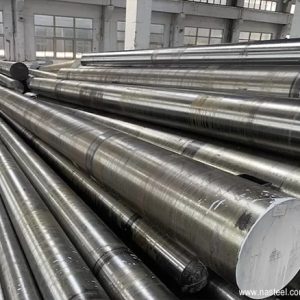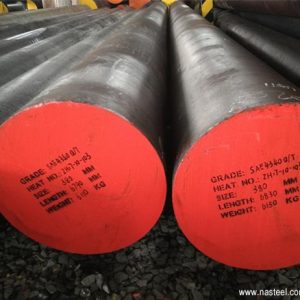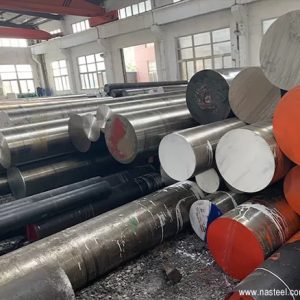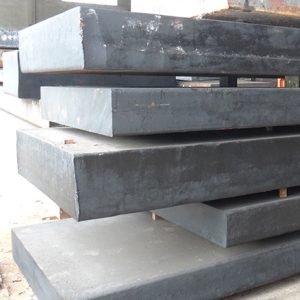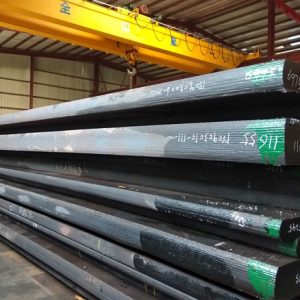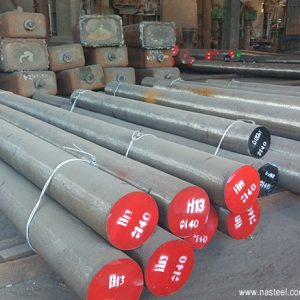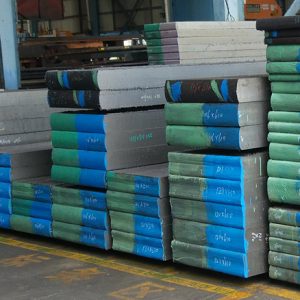CK60 | DIN 1.1221 QUALITY CARBON STEEL
Description
SAE 1060 steel is a high-carbon steel known for its excellent strength, hardness, and wear resistance. With approximately 0.60% carbon content, it provides higher mechanical properties than lower carbon steels, making it ideal for applications that require good edge retention and surface hardness. SAE 1060 can be heat treated to achieve high hardness while still maintaining reasonable toughness. It is commonly used for manufacturing springs, blades, gears, railway components, and hand tools. The steel has moderate machinability and can be formed or forged in the annealed condition. Its balance of hardness, strength, and durability makes it suitable for heavy-duty and high-impact applications.
| Element | Content (Weight %) |
|---|---|
| Carbon (C) | 0.55 – 0.65% |
| Manganese (Mn) | 0.60 – 0.90% |
| Phosphorus (P) | ≤ 0.040% |
| Sulfur (S) | ≤ 0.050% |
| Iron (Fe) | Balance |
Description:
SAE 1060 is a high-carbon steel with excellent hardness and strength after heat treatment. The higher carbon content allows for good wear resistance and edge retention, while manganese improves strength and hardenability. Phosphorus and sulfur are kept low to maintain toughness and machinability. This composition makes SAE 1060 ideal for springs, blades, shafts, and other high-stress applications.
Density: 7.85 g/cm³
Tensile Strength (Rm): 600 – 900 MPa
Yield Strength (Rp0.2): 350 – 500 MPa
Elongation (A): ≥ 16%
Hardness (HB): 180 – 250
Machinability
CK60 steel is relatively easy to machine with standard tools due to its medium-carbon content. It can be drilled, turned, and milled effectively. However, care must be taken to use the appropriate cutting speeds and tools to prevent excessive tool wear, especially when machining at higher hardness levels.
Machining Tips:
Use high-speed steel (HSS) or carbide tools for best results.
Use moderate cutting speeds to avoid excessive heat buildup.
Lubricate the cutting area well to extend tool life.
Weldability
CK60 offers good weldability with the proper procedures. Preheating is generally not necessary for sections less than 30 mm thick. However, for thicker sections, it is recommended to preheat the steel to avoid cracking. Low hydrogen electrodes are preferred to prevent weld defects. Post-weld heat treatment may be required for thicker sections to maintain strength and minimize the risk of cracking.
Welding Tips:
Preheat sections thicker than 30 mm.
Use low hydrogen electrodes for optimal results.
Post-weld heat treatment may be necessary for thicker sections.
Applications
Automotive components (e.g., axles, gears)
Engineering parts (e.g., shafts, pins)
Tooling parts (e.g., cutting tools)
Heavy-duty machinery components
Heat Treatment
Annealing: Performed to reduce hardness and improve machinability.
Quenching and Tempering: To enhance strength, toughness, and wear resistance.
Advantages
Good machinability after proper heat treatment.
Excellent hardness and strength when heat-treated.
Suitable for medium to high-stress applications.
Offers good fatigue and wear resistance.
